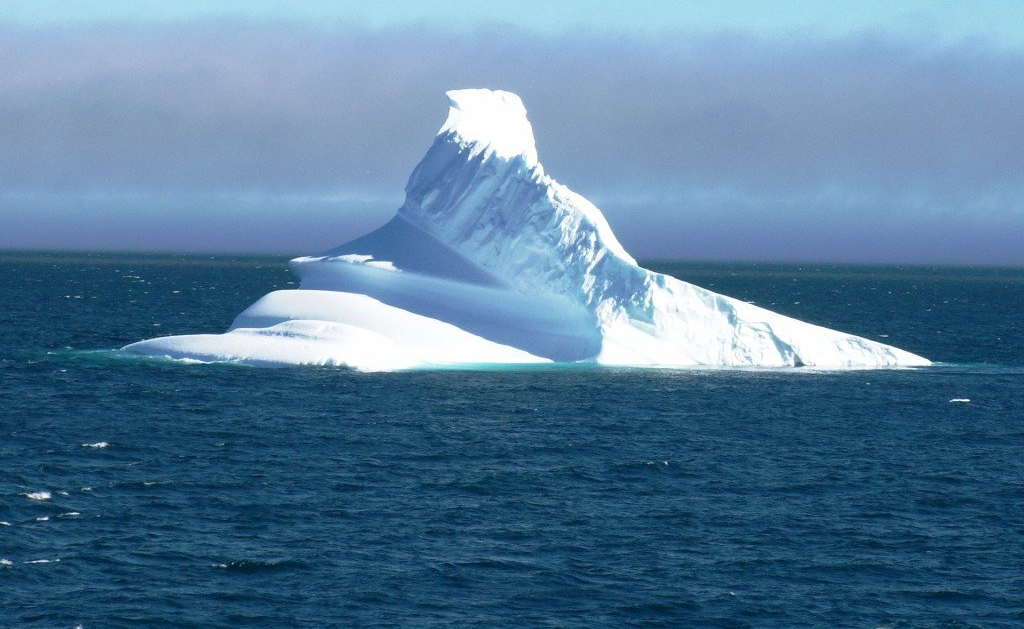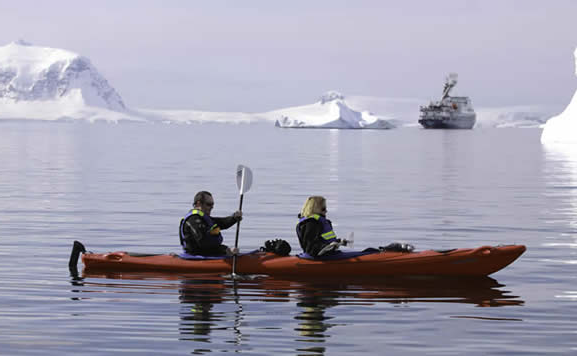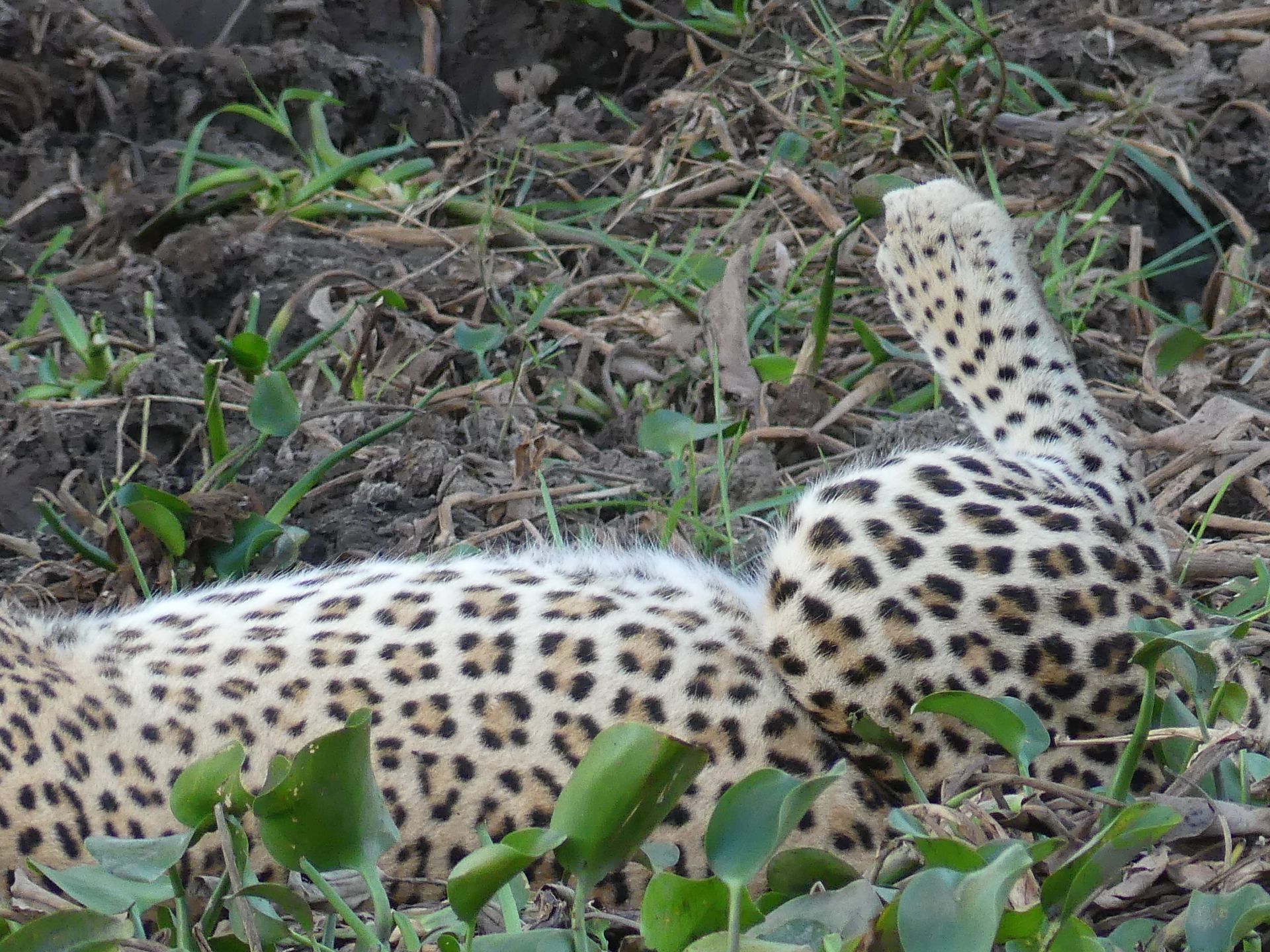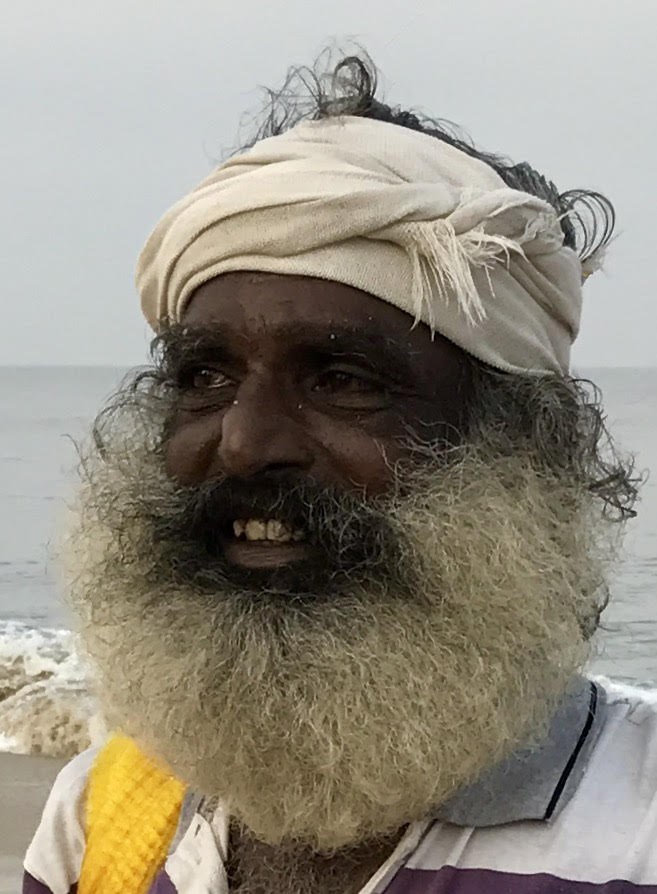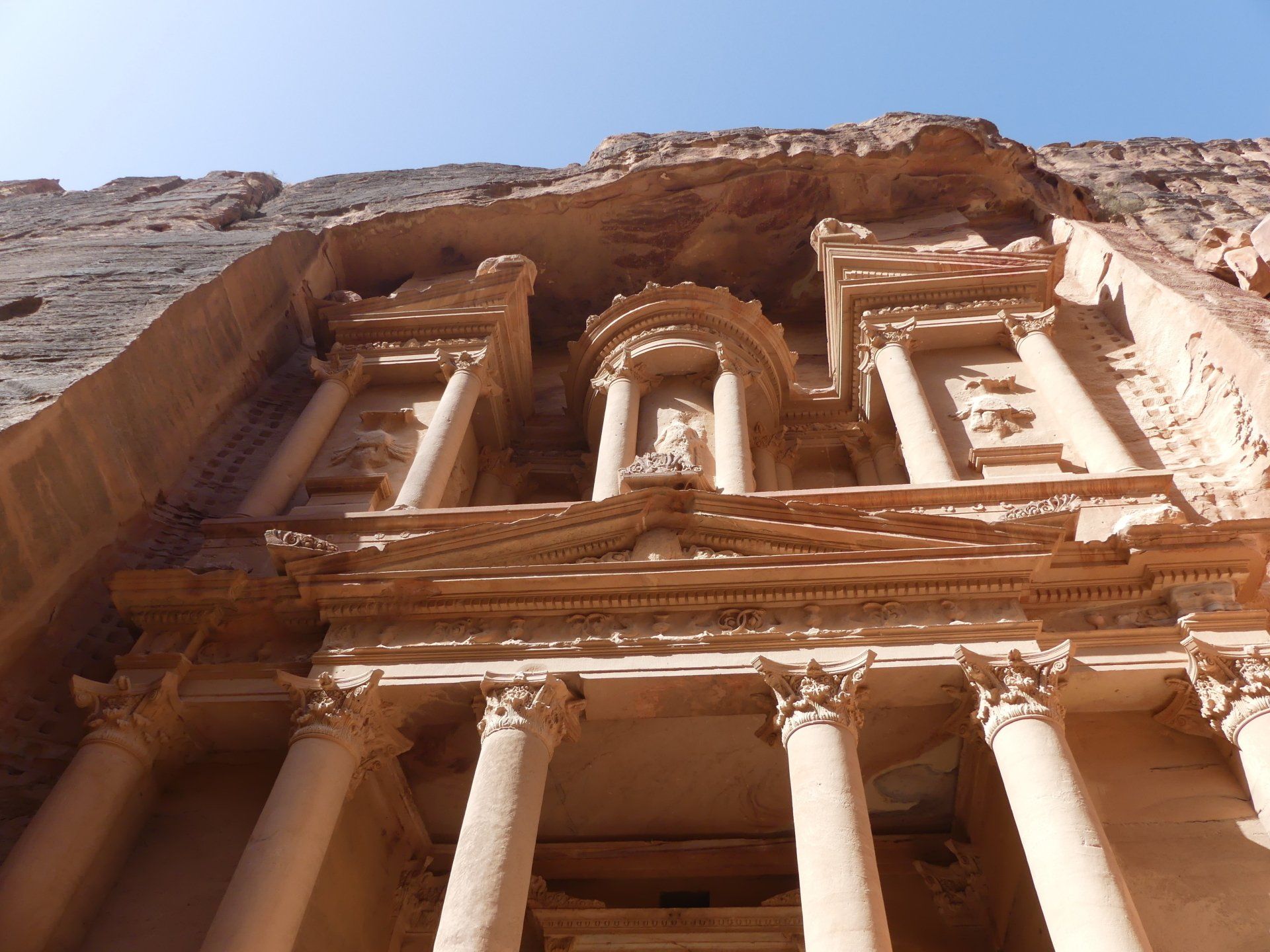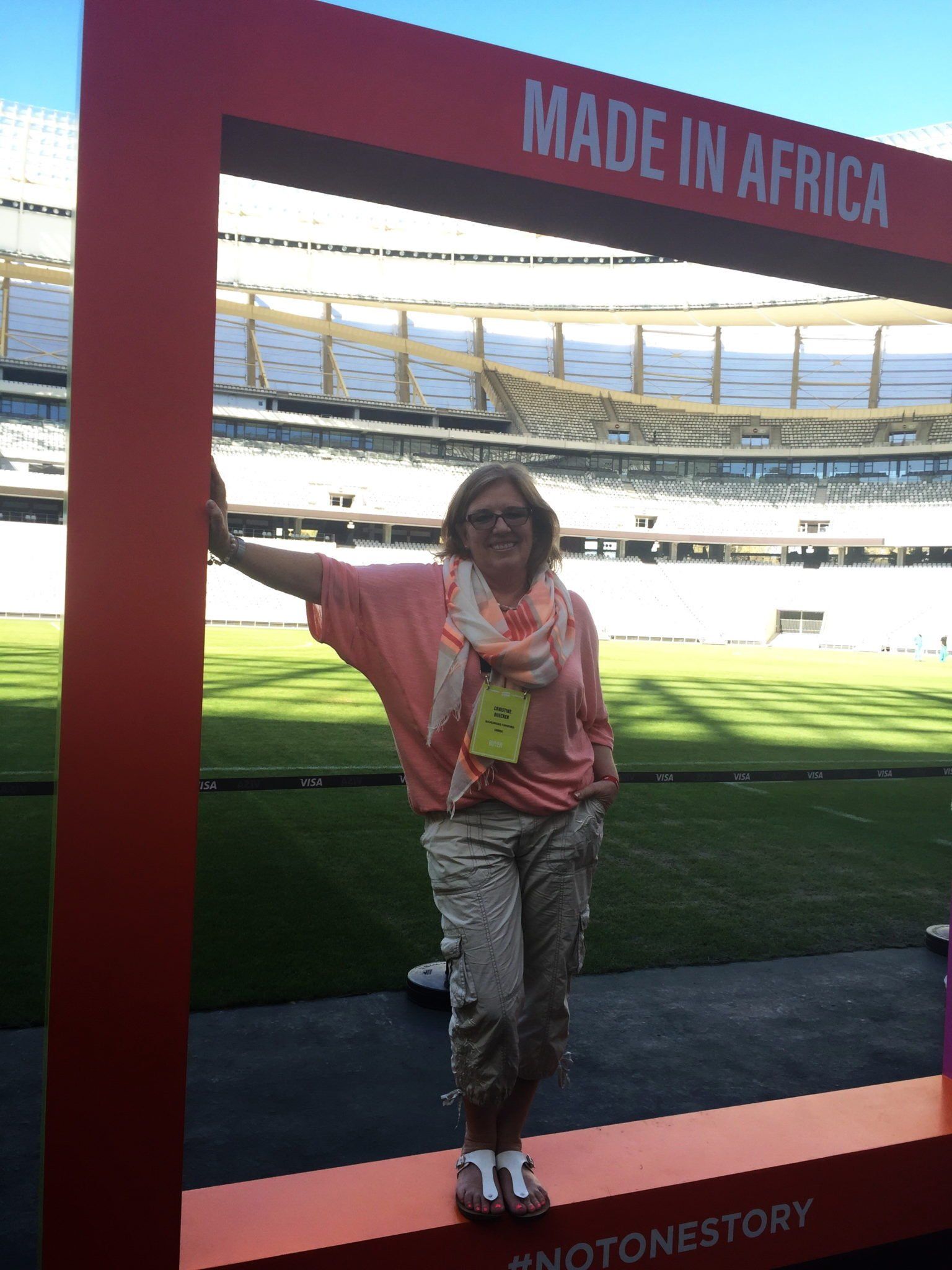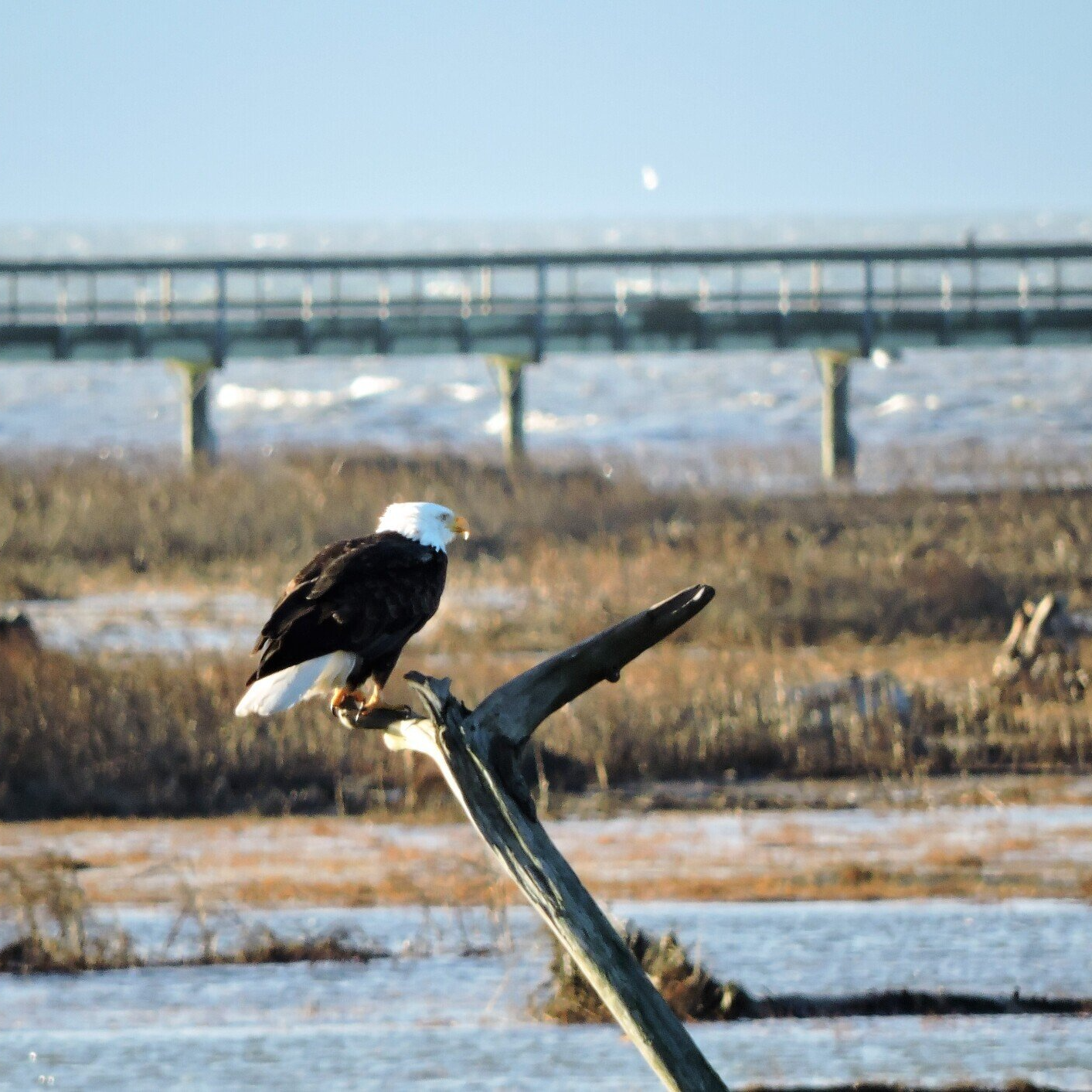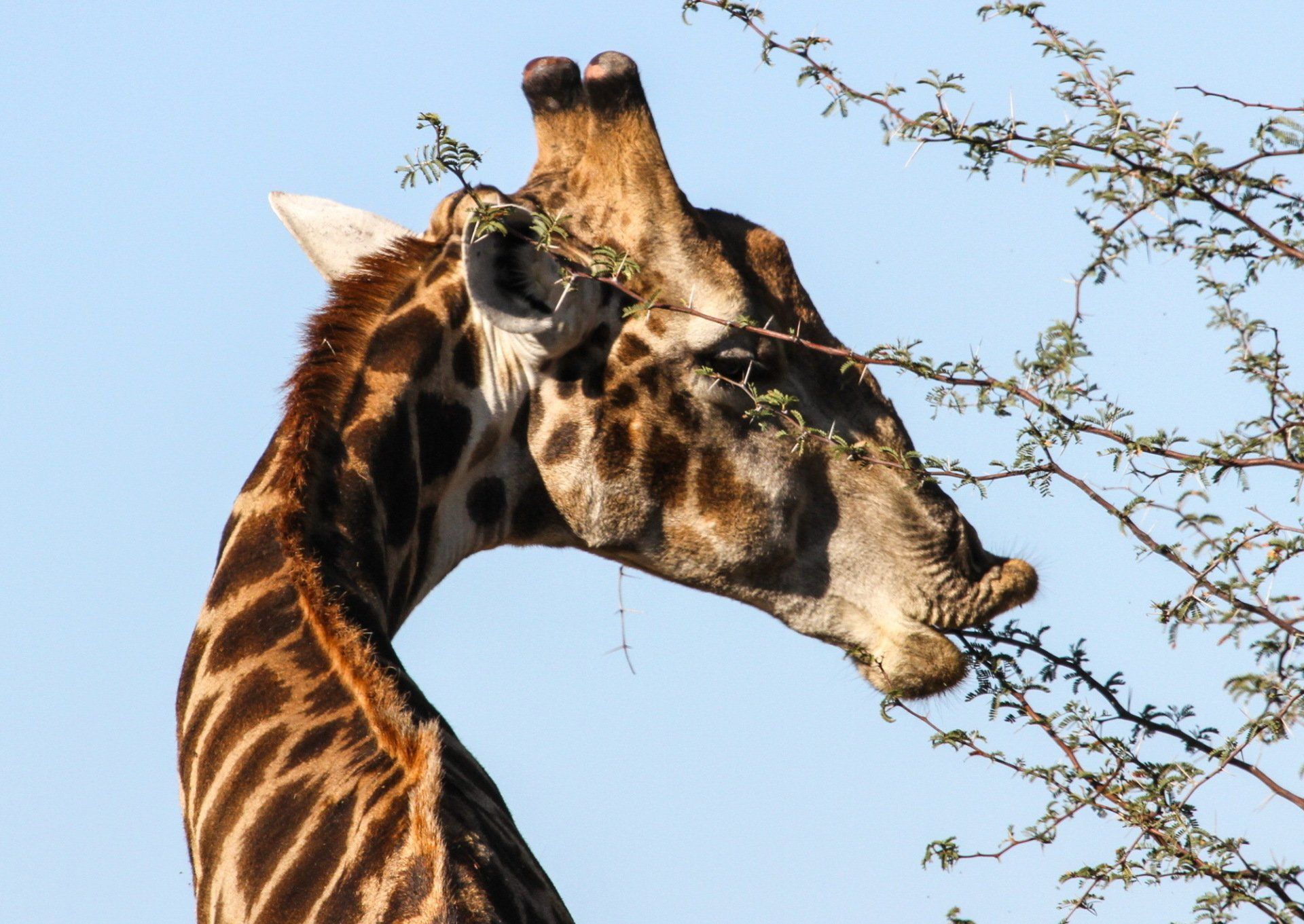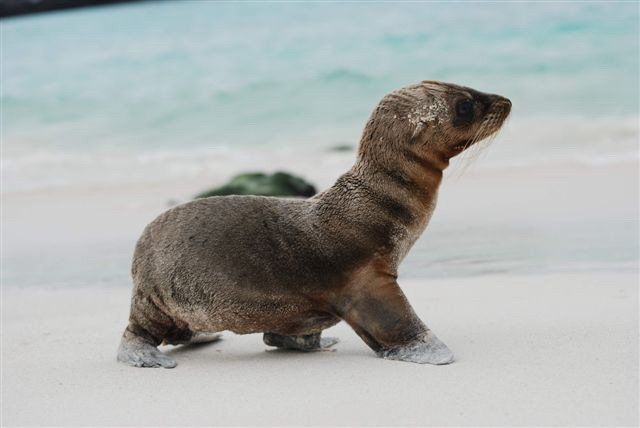I knew we’d travel to the edge of the ice. But I wasn’t prepared for the pristine yet desolate beauty of the Canadian Arctic, for the haunting whistling of seals swimming far below the surface and the strength, courage and determination of those who choose this place as home.
From my airplane window, mammoth glaciers and mountains surged high above the ground, their surfaces coated by a heavy dusting of snow that flowed into frozen inlets like whipped cream off a hot dessert. There are no footprints here, no buildings, in fact, nothing down below to indicate human presence. Only the slow movement of the glaciers and the brief melting of snow and ice in the summer mark the passage of time.
It was evening in the town of Pond Inlet when our flight landed, and though a heavy fog obscured the view, night could not have been further away. By late May, Nunavut has surrendered to 24-hour days, confusing the mind and body with sunshine even at 11pm. We retreated to a hotel to rest up for the next day’s departure onto the ice floe, donning airplane eye shields to help force the onset of sleep.
The sun shone brightly the next morning as we followed our guide, Dave Reid, owner of Polar Sea Adventures, to “the beach,” our point of departure. Despite the presence of upturned boats on the shore, it was hard to imagine this stretch of ice as a beach. Husky sled dogs sat nonchalantly on the ice alongside their komatiks, or sleds, and with no sound of waves, no trace of sand and no visible water, it’s easy to believe this is, indeed, land.
Peer down a crack, however, and you can’t help but notice that it’s ice frozen five feet deep. We clambered aboard the komatik that would transport us behind a roaring snowmobile for the two-hour journey to Bylot Island, along with camping gear, food and a very long rifle – just in case we encountered an aggressive polar bear.
Our first stop, just four kilometers from the shore, was an iceberg, arrested in its path last fall and frozen in place until the ice melts in July. The residents of Pond Inlet have the benefit of continually changing scenery, as new icebergs arrive from nearby Greenland each year, while others continue their journey en route to Newfoundland.
We hiked onto the massive girth of this centuries-old iceberg, marveling at its 100-foot height, and even more at the knowledge that most of its magnitude was hidden well below the surface. And we knocked off a small block, saving it for our tea and coffee break. “There’s nothing like the taste of water derived from a 10,000-year-old iceberg,” said Reid.
Before we reached our campsite, there was one more stop, where we disembarked from our sleds and hiked up a hill to the graves of two German explorers who perished here in 1907. A teetering wooden cross designates their memorial, and as we pondered their fate 100 years ago, we couldn’t help but notice that death can come easily out here. Your only companions are the mountains, glaciers, ice floe and the whistling Arctic wind that whips an icy chill through your five layers of clothing.
“This is a harsh land,” cautions Parks Canada in its literature to visitors of Sirmilik National Park. “Rescue facilities and services are very limited…and may make rescue entirely impossible. You must be prepared for self-rescue.”
From a distance, we saw seals lying like large slugs on the ice surface, nearby the holes they’d ingeniously created. At the first sound of the snow machines, however, they lumbered back into the icy water. Perhaps time has taught them that machines like ours can be their demise. Many Inuit hunters rely on their seal catch to stave off hunger, waiting for hours and days at their small cabins to hunt.
Though they know this land so well, even they can make potentially fatal mistakes while traversing its surface. In the comfort of our communal dining tent at night, we heard stories of Inuit who, caught on the ice for weeks in bad weather, were forced to eat their team of Huskies to survive. Inuit elders still recall family and friends who died of starvation, some found frozen to death in their makeshift homes.
The message is clear: the weather has no mercy out here, and your resources are all you have. There’s no sign of human civilization but the odd empty cabin on a lonely hillside, or the occasional passing of Inuit in a dog-pulled komatik. The isolation is at once magnificent and fearsome.
We saw this with sheer clarity when we stopped briefly in Sirmilik National Park to inspect the remains of an old whaling station. All that remains of this once active slaughter house is a rusty barrel and the bones of an unfortunate, long-dead mammal. Nearby, circles of stones designate the places where a Thule community resided long ago, and the shallow grave of one of its residents lies undisturbed, a skull and femur glinting in the afternoon sunshine.
Nunavut leaves you with a sense of your smallness in the world, and the power of the natural forces around you. Travel here requires a sense of adventure and a willingness to push the limits of your experience. But it’s richly rewarded, for the Canadian Arctic is one of the last pristine frontiers, a place literally on top of the world, and one so vast and silent, you can hear the murmur of your very soul.


